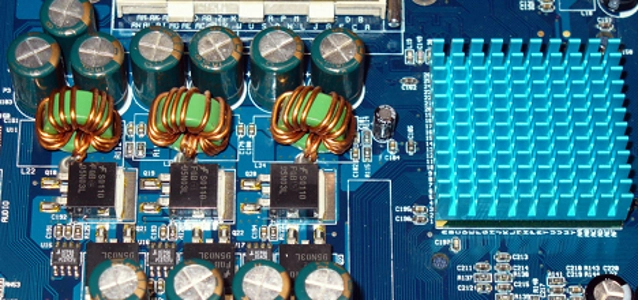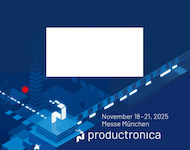
© ermess dreamstime.com
Components |
DRAM production cuts gradually take effect
According to DRAMeXchange, given the persistent oversupply situation in the global DRAM market, along with the -5% YoY shipment growth for PCs, October contract prices have dropped below $16 USD, and are continuing to approach the $15 USD mark.
The trends pose as yet another test to the cost structures of DRAM makers. With prices approaching or dropping below cash cost, manufacturers are faced with the option of either undergoing production cuts or shifting their focus towards non-DRAM products.
Other than ProMOS, which chose to quit the DRAM market due to financial woes, manufacturers like Elpida and Rexchip have taken the initiative to lower their output levels in August. Powerchip, beginning September, took a similar initiative by adjusting P3 wafer levels, whereas in the following month, Nanya and Inotera made the official announcement to implement 20% production cuts.
For the South Korean DRAM manufacturers, whose cost structures appear to be superior to those of other competitors, no production cuts have been announced nor taken, although efforts to control output ratios have been intensified. At the same time that production of commodity DRAM is being lowered, an increasing amount of emphasis is being placed on the production of the more profitable mobile and server DRAMs.
Given all the abovementioned production trends and changes, global DRAM production has slid from this year’s peak 1130K figure down to 1050K in October. The extent of the production that has been trimmed is roughly 7.1% of the original capacity, which is around 80K.
From the market standpoint, as the current wave of production cuts mostly involve commodity DRAM, and as South Korean manufacturers increase the effort to lower commodity DRAM output, there is a chance that commodity DRAM prices might rebound from the current pricing downtrend.
At present, Samsung has decreased the commodity DRAM production ratio to around 30%, and plans to have the proportion lowered to 25% next year. For SK Hynix, commodity DRAM still accounts for 50% of DRAM output, although by 2013, the maker aims to lower the ratio to below 40%. With the merger between Micron and Elpida set to be completed as soon as during 1H13, the two manufacturers’ plan is to have the factory in Hiroshima focus on producing mobile DRAM, whereas Rexchip will be responsible for manufacturing the commodity DRAM.
Inotera, meanwhile, will be placing an increasing emphasis on server and mobile DRAM, while gradually lowering its commodity DRAM output. The Taiwanese company, PSC, seeks to decrease the overall DRAM production this year, given that it has its eyes set on transitioning to the foundry business. Commodity DRAM is set to only be manufactured in P3, and beginning in September, only around half of the original capacity will be used on wafer production. The production cuts, at this point, are expected to continue into the future.
Under the influence of demand-related factors, commodity DRAM will no longer account for 50% of the DRAM market like it used to. Moving into 2013, the proportion of commodity DRAM within the market is only expected to be approximately 35%. With production cuts continuing to increase, the DRAM market is expected to exhibit a mere growth of only 21%, a new low since the 2009 financial crisis. The general consensus within the industry, at the moment, is to continue decreasing bit output and to prevent a massive oversupply situation from arising.
With regards to the spot market, it seems that in the short term, prices are unlikely exhibit a major downtrend anytime soon. As the DRAM manufacturers lowering their outputs rely on the spot market for their major channels, DRAM spot prices are expected be among the first to be affected by the current wave of production cuts. First tiered module manufacturers are taking strategic initiatives to raise DRAM purchases, used to replenish as well as increase inventory.
Despite the continually shrinking spot market, the movements indicated by some of the DRAM spot prices will remain leading indicators of the price trend within the contract market.
As shown by TrendForce’s analysis, the production cuts implemented within the DRAM industry are gradually beginning to take effect. Assuming there is no more room for further price drops, it is likely that the spot prices will give rise to a price uptrend in the near future. DRAM manufacturers are at present already lowering their investment levels, and are agreeing to slow the migration to new manufacturing processes.
The hope is that after the initial quarter of 2013, supply and demand will return to healthy levels, and in turn contribute to higher price levels and product values.




